David Murphy
Veteran
I like them. I now own a 35S (Singapore-made), but I've also owned the 35T - both are fine cameras and you can carry them in your pocket. The Sonnar is as sharp as any lens in its focal length class - very impressive.
Some tips: Read the manual carefully -- these are not K1000's. Be sure to pay attention to the film loading process exactly and to remember to cock the shutter before trying to collapse the lens. Most particularly one should thread the film leader all the way through both slits of the take-up spool as shown in the manual.
These cameras are easy and fast to repair (by techs that is) and the meters can be recalibrated to accept alkaline cells (or just blow off the meter). Here's some stuff from my Sonnar using color print film:
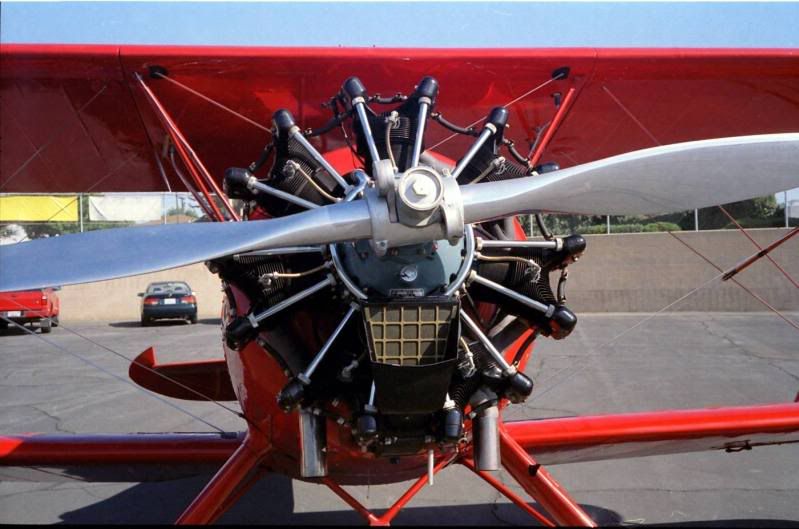
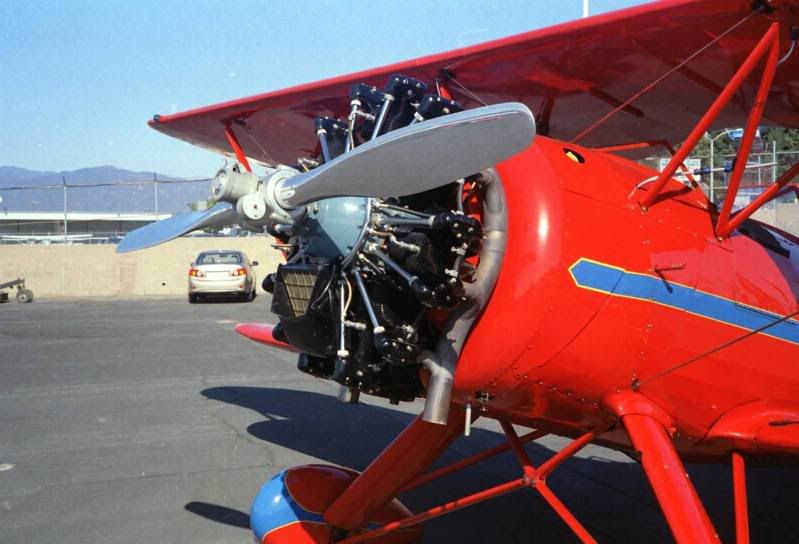
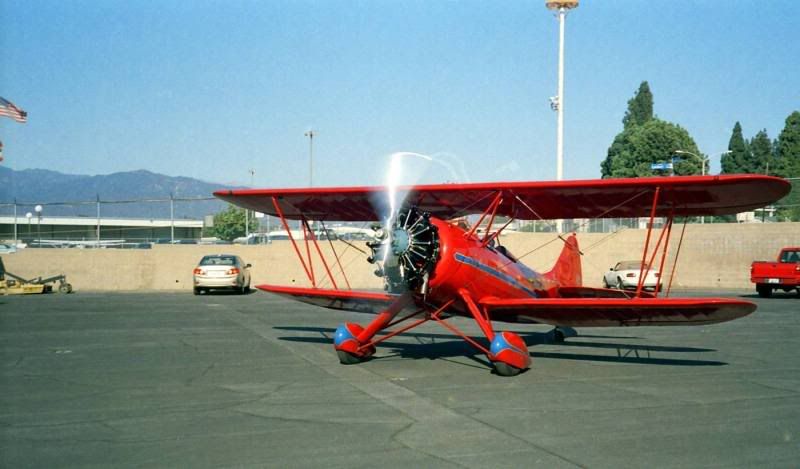
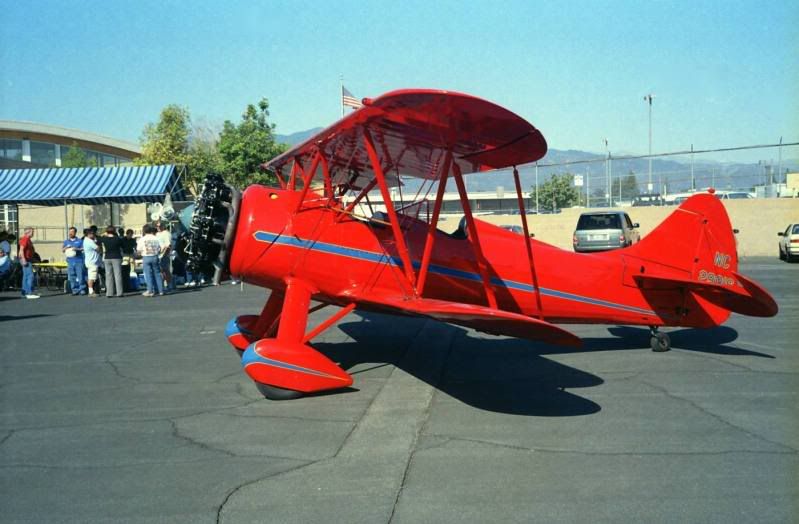
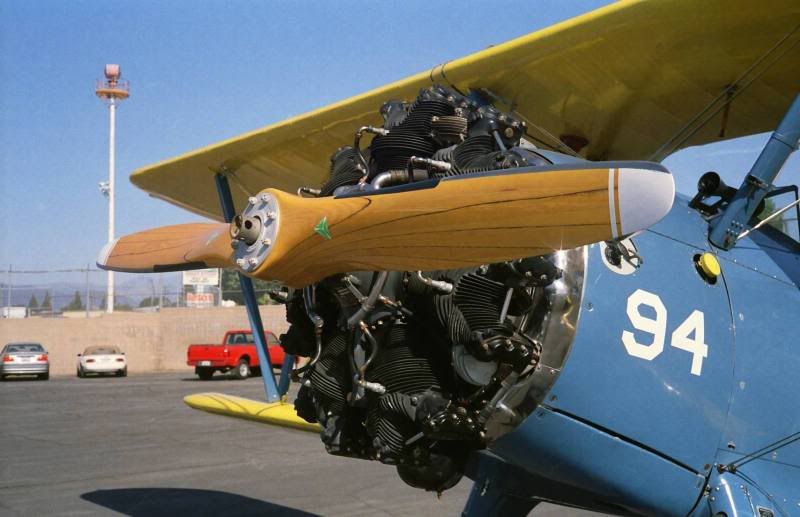

Here's one from the Tessar model I used to own using Agfa 400 color print film (as best as I recall):
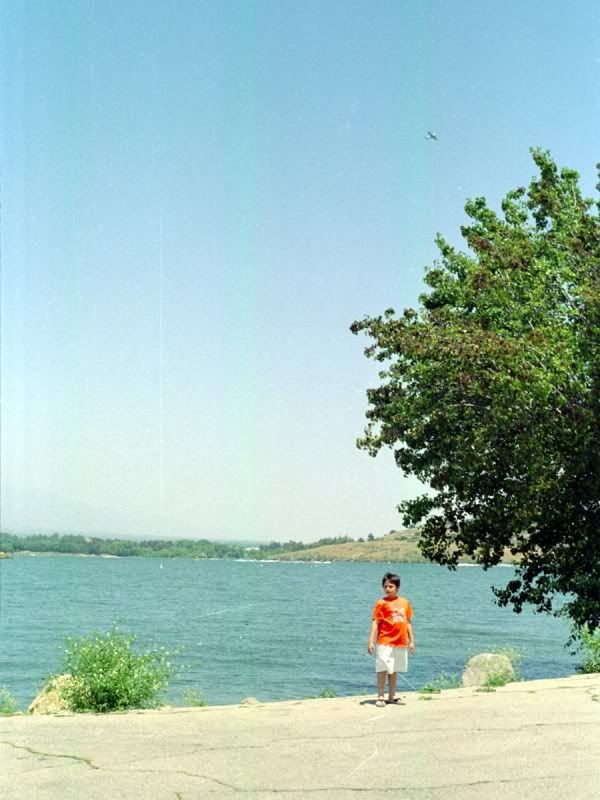
Here's a link to a manual:
http://www.butkus.org/chinon/rollei/rollei_35/rollie_35/rollie_35-true-htm_page1.htm
Some tips: Read the manual carefully -- these are not K1000's. Be sure to pay attention to the film loading process exactly and to remember to cock the shutter before trying to collapse the lens. Most particularly one should thread the film leader all the way through both slits of the take-up spool as shown in the manual.
These cameras are easy and fast to repair (by techs that is) and the meters can be recalibrated to accept alkaline cells (or just blow off the meter). Here's some stuff from my Sonnar using color print film:






Here's one from the Tessar model I used to own using Agfa 400 color print film (as best as I recall):

Here's a link to a manual:
http://www.butkus.org/chinon/rollei/rollei_35/rollie_35/rollie_35-true-htm_page1.htm

